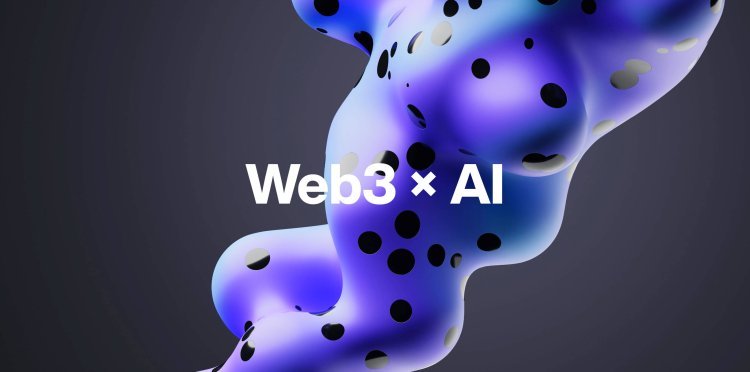Tackling Information Silos in Web3 Through AI Innovations
The rise of Web3 has led to information silos that complicate user experiences and create barriers to entry in the decentralized space. By leveraging AI, innovators aim to dismantle these silos, fostering a more interconnected and user-friendly ecosystem in blockchain technology.

Tackling Information Silos in Web3 Through AI Innovations
The evolution of Web3 has transformed the digital landscape in unexpected ways, beginning with Bitcoin and moving through the ICO boom, the rise of Ethereum, and expanding into decentralized finance (DeFi) and non-fungible tokens (NFTs). Throughout this journey, advocates have celebrated blockchain technology as the catalyst for future innovation. However, the decentralized architecture of Web3, often hailed as its greatest strength, has also led to increased complexity.
Today’s blockchain industry is marked by a surge of independent networks, distinct decentralized applications (dApps), and layer-dependent cryptocurrency projects, resulting in a fragmented ecosystem. Each new platform or blockchain adds to an ever-expanding web of isolated data pockets, commonly referred to as information silos. These silos create significant challenges for both experienced users and newcomers to the blockchain space, making it difficult to obtain a comprehensive understanding of the Web3 market.
Understanding Information Silos in Web3
In centralized systems, data is consolidated and managed in a single location, allowing for seamless access by connected machines. However, blockchain technology thrives on distributed data storage, which allows blockchains to function autonomously, each with its own rules, data structures, and operational frameworks. This independence can inadvertently lead to data becoming siloed across various platforms and chains, creating hurdles in accessing connected information.
Consider a casual trader navigating the Web3 landscape: managing assets across multiple chains requires checking different platforms for token prices, analytics, and project updates. In addition, users juggle various wallets, governance protocols, fees, and tokenomics, resulting in overwhelming fragmentation that complicates their experience.
The Consequences of Fragmentation
Information silos present more than mere inconveniences; they pose significant challenges for users and the broader industry. One of the primary repercussions of these silos is the heightened barrier to entry into the decentralized space. Web3 is already perceived as complex, particularly for casual consumers and newcomers to cryptocurrency. The presence of information silos exacerbates this issue, compelling users to navigate numerous platforms, wallets, and tokens right from the start.
As the industry continues to mature, the integration of emerging technologies such as artificial intelligence (AI) offers promising solutions to dismantle these information silos. By leveraging AI, innovators within the decentralized realm can work toward creating a more interconnected and user-friendly Web3 ecosystem, fostering greater accessibility and understanding for all users.
The Path Forward
The application of AI to address the challenges posed by information silos could pave the way for enhanced interoperability between different blockchain networks and applications. By breaking down these barriers, users will be better equipped to access comprehensive data and insights, ultimately driving greater participation and engagement in the Web3 space.
As technologists and pioneers in the decentralized domain strive to harness AI for this purpose, the future of Web3 holds the potential for a more integrated and approachable environment, enabling users to navigate the complexities of decentralized technologies with ease.
Click Here to Visit
What's Your Reaction?
















